Behind every chocolate maker…
They say, that for every great man there is an even greater woman.
For me that statement is perfectly true. Not that I claim to be a great man. Going on 25 years now, my wife Jeanne has been right there working to support everything I attempt to do. The few times I have succeeded would never have happened without her.
Today we live a life of Pura Vida here in Puerto Viejo de Talamanca, Limon, Costa Rica. The pace of life here is quite lazy really. No wonder the sloth is the local mascot.
I generally spend my day hanging out at the Caribeans Chocolate Tasting Lounge greeting customers, spending time with my regulars and guiding our Chocolate Forest Experience. Over the last three years we have trained apprentices in the art of chocolate making. These workers make really good chocolate which means I don’t make to much myself anymore (mostly quality assurance).
My wife Jeanne, on the other hand, is constantly on the move. She is our main delivery and purchasing agent (except for cacao). She handles payroll , staff schedules, and daily operations at the chocolate factory. She does most of the baking and also helps with the tours. She keeps the family calendar organized, keeps our clothes and dishes clean, keeps our tummies full and keeps the finances in order. Whew!
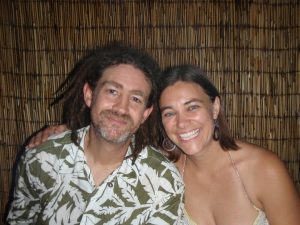
People constantly praise me for the ethical and ecological way we make our chocolate. People love Caribeans coffee and our chocolate. Our coffee shop is nearly always full of people enjoying our products. Our tour guests leave with a new appreciation for chocolate and I often get called nick names like Pauly Wonka or the Willy Wonka of Talamanca. I have received prizes for our chocolate and hear over and over “this is the best chocolate I have ever tasted”.
The truth is Caribeans is totally dependent on many people who may never hear the accolades. Firstly, we cannot make good chocolate with out good cacao.
So, behind every good chocolate maker there is an even better cacao farmer.
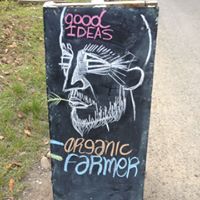
Cacao farmers are spending many times more effort than the chocolate maker. They must trim and prune the trees. They maintain the cacao forest with constant machete work. They remove damaged fruit, and harvest ripe fruit. They crack open cacao pods and remove the beans. They must successfully ferment the beans to develop flavor. They pray for sun and wait ten days or so for the beans to dry. They will clean and sort any foreign material and defective beans before sending us the cacao.
Secondly, even the best cacao cannot be made into chocolate without experienced chocolate makers. Our chocolate makers have to use the right roasting profile in order to get the best from the beans. They refine, temper and mold the chocolate. They also package our chocolate by hand. What we don’t package is used in our bakery and for chocolate drinks in the coffee shop.
Jeanne couldn’t make those amazing brownies without the excellent quality chocolate. Her banana chocolate muffins would be nothing special without the chocolate she uses. Our iced mocaccino would be average without all of the others who worked in the field.
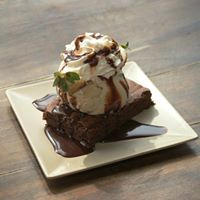
I couldn’t even greet any customers if our product wasn’t made with love and care. I couldn’t guide tours and give tastings and hear the praises without the help of so many people.
Our lives are totally Pura Vida and I have many people thank for that; Especially my wife Jeanne! You are that greater woman who makes me the man I am!
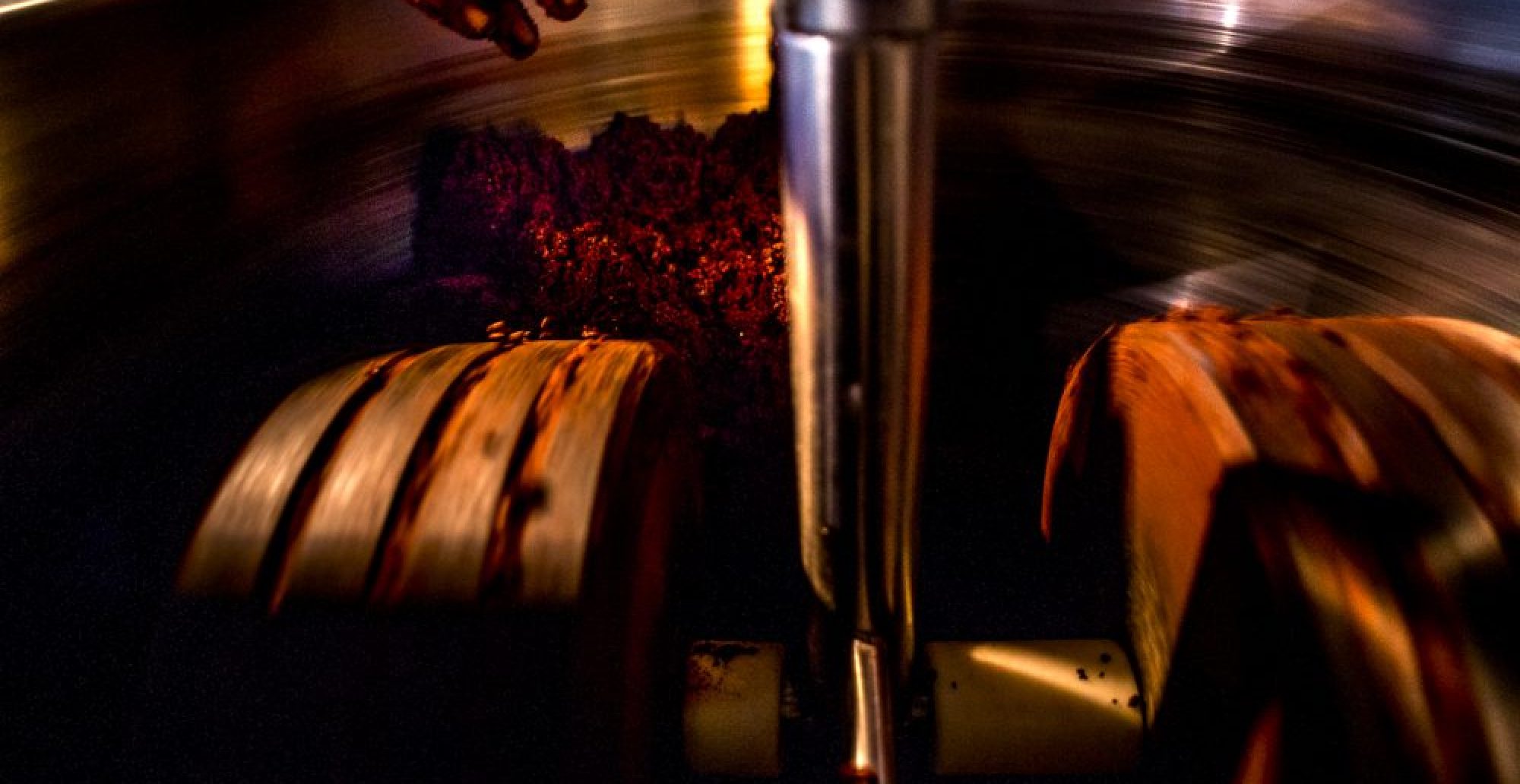
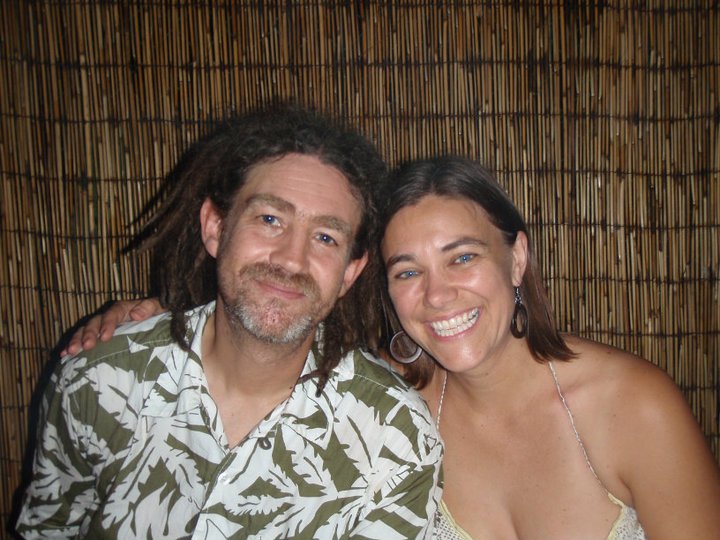
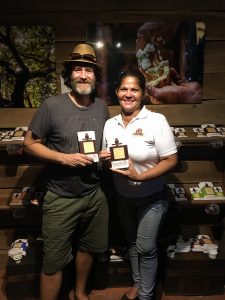
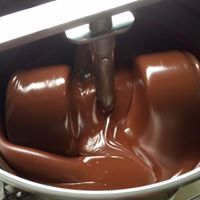 Ten years ago my wife and I started a coffee shop in Puerto Viejo de
Ten years ago my wife and I started a coffee shop in Puerto Viejo de